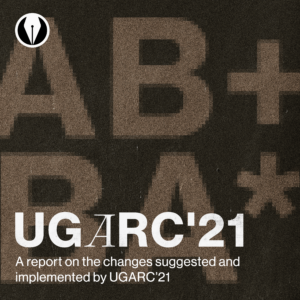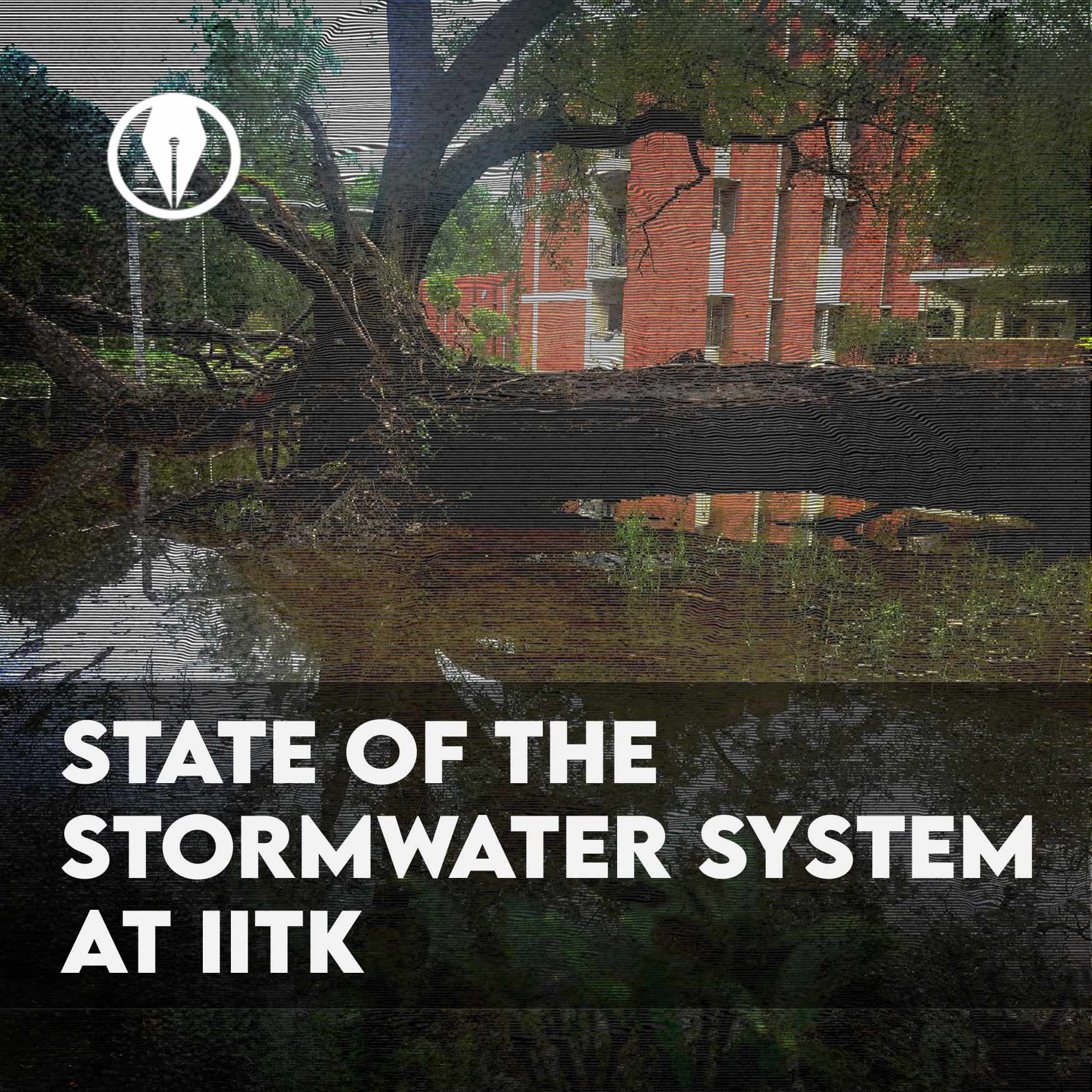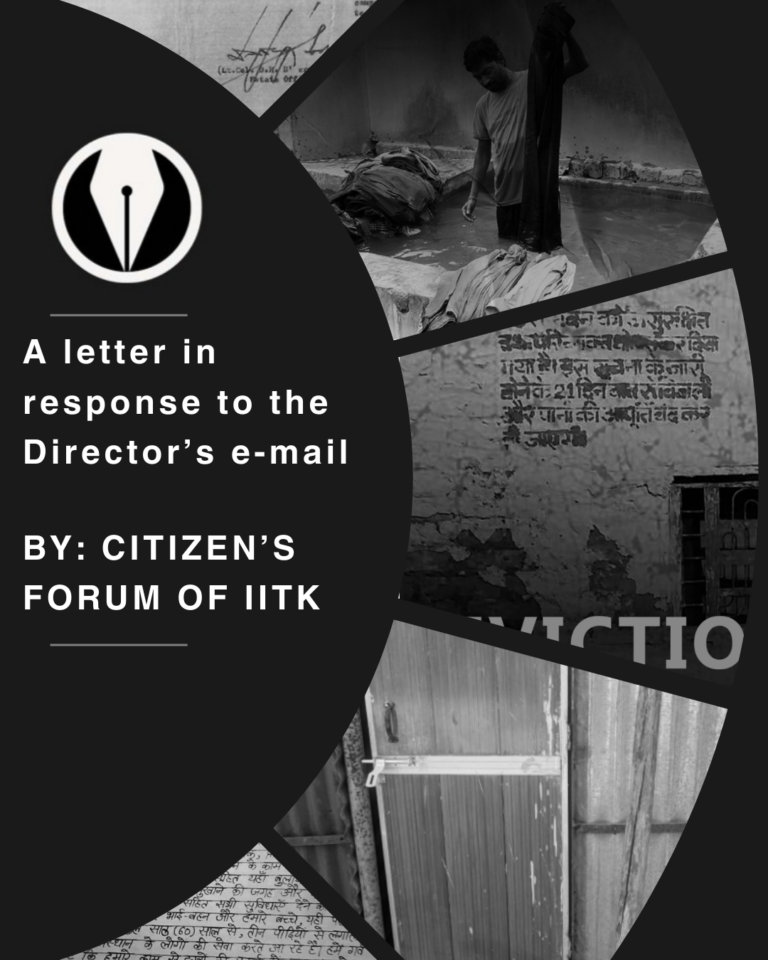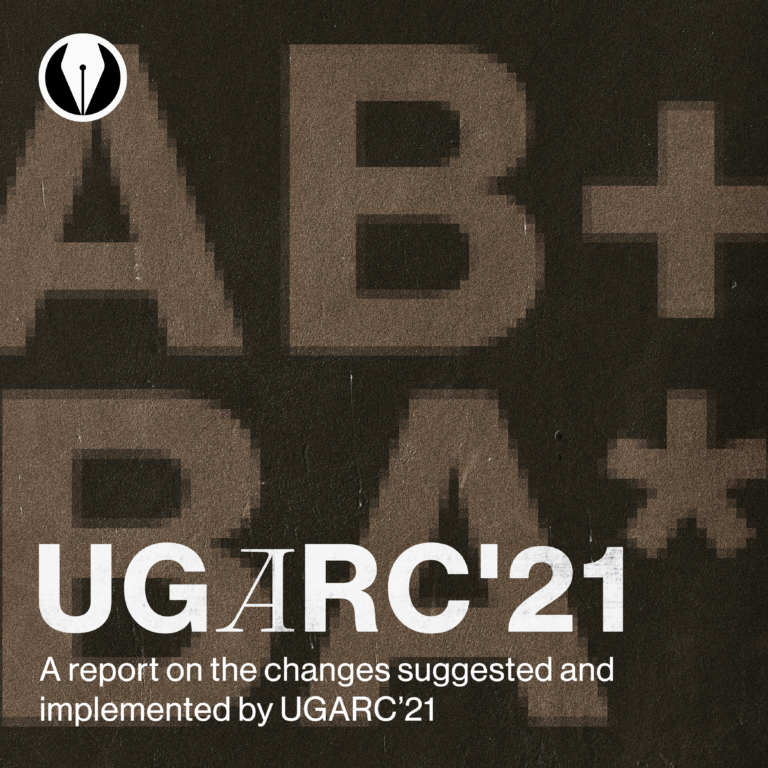After a deluge of rain overnight on 4th July, students in various halls woke up to their ground floors flooded.
“Due to flooding of CC basement the power supply to CC is interrupted. IWD team is trying to emptying water from the basement and restore the power. All the CC services like email, network, web, automation, IP phones, HPC etc will be restored only after the power is back. We expect this may take the whole day. You may please circulate this information to your faculty, students, and offices through WhatsApp or other possible means.”
– Official Communique
What happened?
Each monsoon season, IIT Kanpur faces repeated flooding in several areas, creating challenges that can lead to serious issues, such as people being stranded in Halls for extended periods or disruptions in digital infrastructure, like power supply cuts to the computer centre.
The problem has recurred year after year. In order to understand why, we spoke to Mr. Dinesh Singh, Assistant Engineer at the IWD.
Context
IIT Kanpur’s Storm Water system dates back to the 60s, around the time when the institute was founded. Although minor changes have been made, the basic structure remains largely the same. This system has proved inadequate since the campus has expanded.
IWD attributes the clogging to several overlapping local factors, including but not limited to:
- Soil and silt heavily clog the pipes, especially during the first showers, which remain blocked unless cleaned.
- Complete absence of a drainage system in some of the expanded areas, such as around ESB-3 and TechnoPark.
- Gradient topologies causing soil and litter deposits in pipes, notably around HC and GH Tower.
- V-shaped roads and low-lying areas prone to quick clogging, most noticeably around Hall-5, old RA and SBRA.
Status Quo
One proposed solution is to rejuvenate the entire drainage system. However, the IWD considers this difficult due to the project’s scale and the associated budgetary demands.
Presently, the IWD relies on manual pipe clearing and pumps in the low lying areas to displace water. However, these methods are reactive, addressing the problem only after clogging has occurred, rather than preventing it.
The Assistant Engineer highlighted that a lot of the current-day problems stem from the ad-hoc construction of facilities paving over drainage basins.
The IWD reported that they have submitted the proposal to create a storm water drainage system around ESB-3 and Technopark to the DoIP over the past two years, but these have been shelved due to higher-priority projects on the list.
Future Scope
Vox interviewed the newly appointed Director of Infrastructure and Planning (DoIP), Prof. J. Ramkumar, who revealed that his office plans to utilize a community-based model to address drainage and other infrastructure challenges. This approach involves initiating mini projects where professors, the DoIP office, the IWD and students collaborate to design and propose solutions. Currently, a project focused on drainage is already underway.
Potential solutions include digging deep bore wells (10-20m in depth), which not only alleviates clogging but also helps recharge the groundwater table. The office plans to purchase and install multiple pumps across the campus to further address the issue.
Efforts to resolve the flooding issues are ongoing, with the campus community hopeful for lasting solutions. Any updates will be added as an addendum to this article.
Edited by: Pranav Agrawal, Mayur Agrawal, Mutasim Khan
Written by: Perla Jagan, Nandini Vaid, Himanshu Mahale, Mahaarajan J
Designed by: Pankhuri Sachan











